Entry Category: Counties, Cities, and Towns - Starting with O
O’Neal (Independence County)
Oak Bower (Hot Spring County)
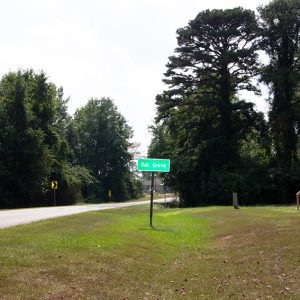 Oak Grove
Oak Grove
Oak Grove (Carroll County)
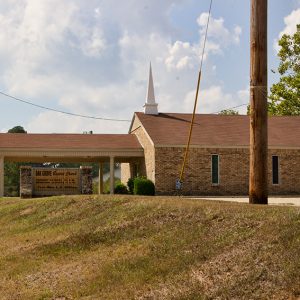 Oak Grove Baptist Church
Oak Grove Baptist Church
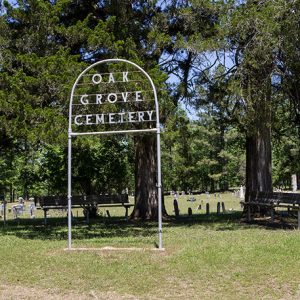 Oak Grove Cemetery
Oak Grove Cemetery
 Oak Grove Cemetery
Oak Grove Cemetery
 Oak Grove Church
Oak Grove Church
Oak Grove Heights (Greene County)
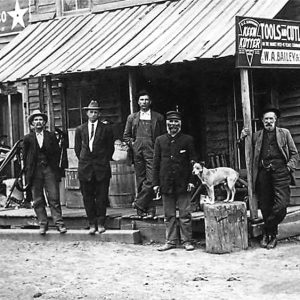 Oak Grove Store
Oak Grove Store
Oak Grove[s] (Clark County)
Oakhaven (Hempstead County)
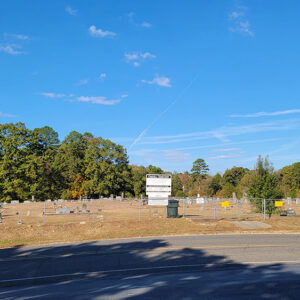 Oakhill Cemetery
Oakhill Cemetery
Oakland (Marion County)
 Oakland Cemetery
Oakland Cemetery
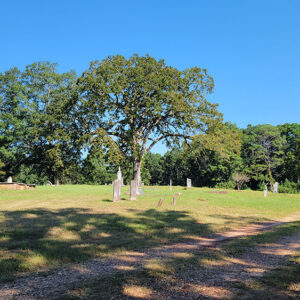 Oakland Cemetery
Oakland Cemetery
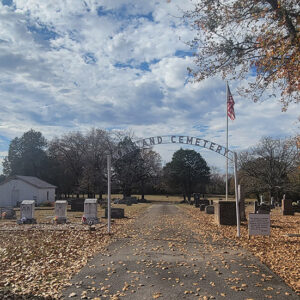 Oakland Cemetery
Oakland Cemetery
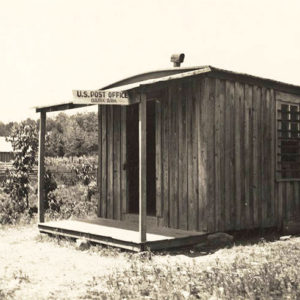 Oark Post Office
Oark Post Office
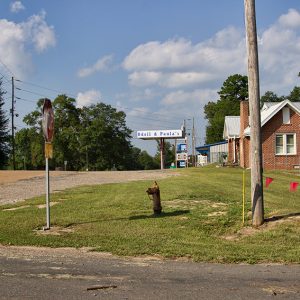 Odell & Paula's Food Center
Odell & Paula's Food Center
Oden (Montgomery County)
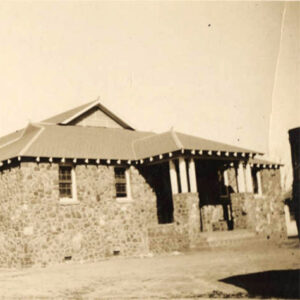 Oden School
Oden School
Ogden (Little River County)
Ogemaw (Ouachita County)
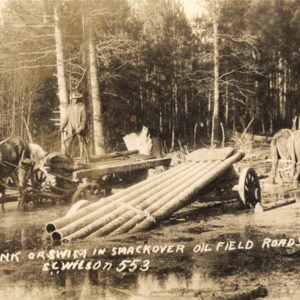 Oil Field Workers
Oil Field Workers
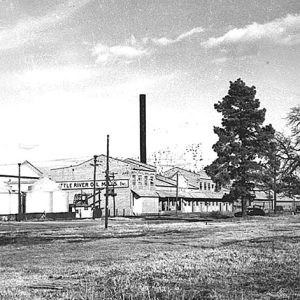 Oil Mill
Oil Mill
 Oil Storage
Oil Storage
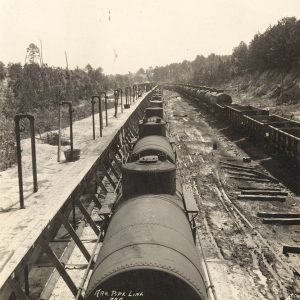 Oil Train
Oil Train
 Entering Oil Trough
Entering Oil Trough
Oil Trough (Independence County)
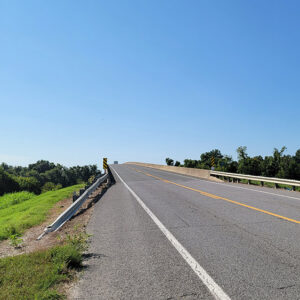 Oil Trough Bridge
Oil Trough Bridge
 Oil Trough Fire Department
Oil Trough Fire Department
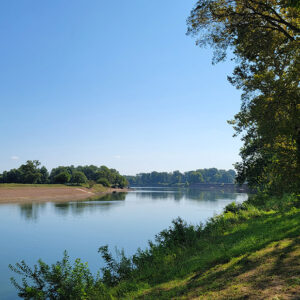 Oil Trough Park
Oil Trough Park
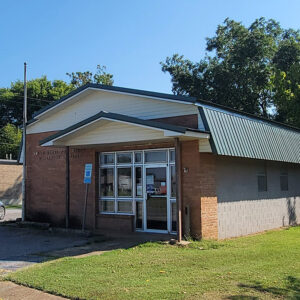 Oil Trough Post Office
Oil Trough Post Office
 Oil Trough Store
Oil Trough Store
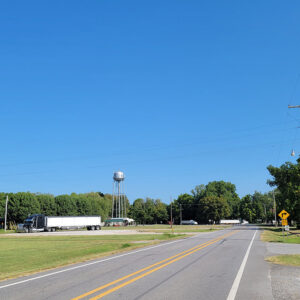 Oil Trough Street Scene
Oil Trough Street Scene
Okay (Howard County)
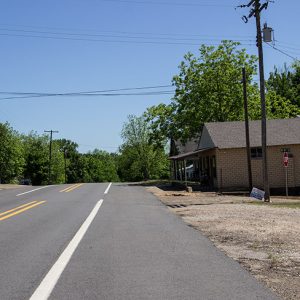 Okolona
Okolona
Okolona (Clark County)
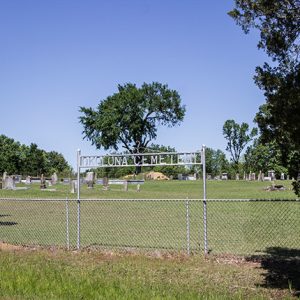 Okolona Cemetery
Okolona Cemetery
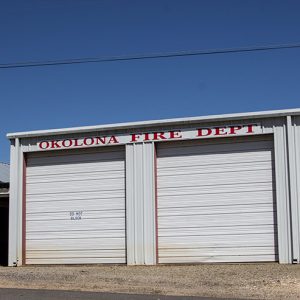 Okolona Fire Dept.
Okolona Fire Dept.
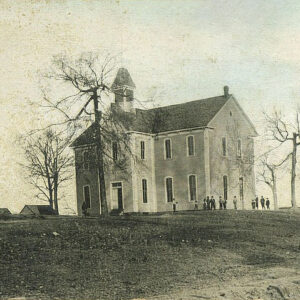 Okolona Male and Female Institute
Okolona Male and Female Institute
Ola (Yell County)
 Ola Aerial View
Ola Aerial View
 Ola Baptist Church
Ola Baptist Church
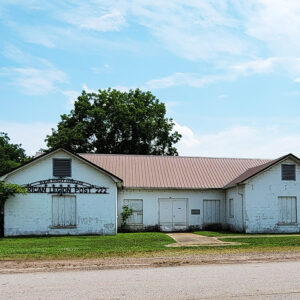 Ola Legion Post
Ola Legion Post
 Ola Post Office
Ola Post Office
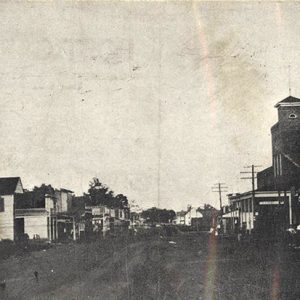 Ola Street Scene
Ola Street Scene
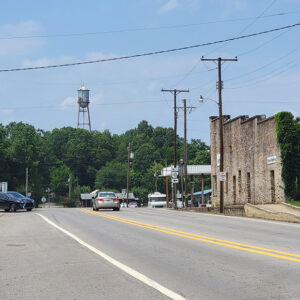 Ola Street Scene
Ola Street Scene
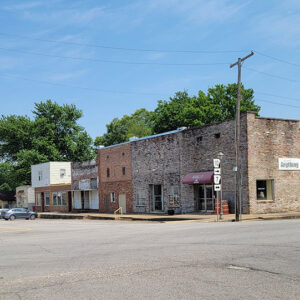 Ola Street Scene
Ola Street Scene




